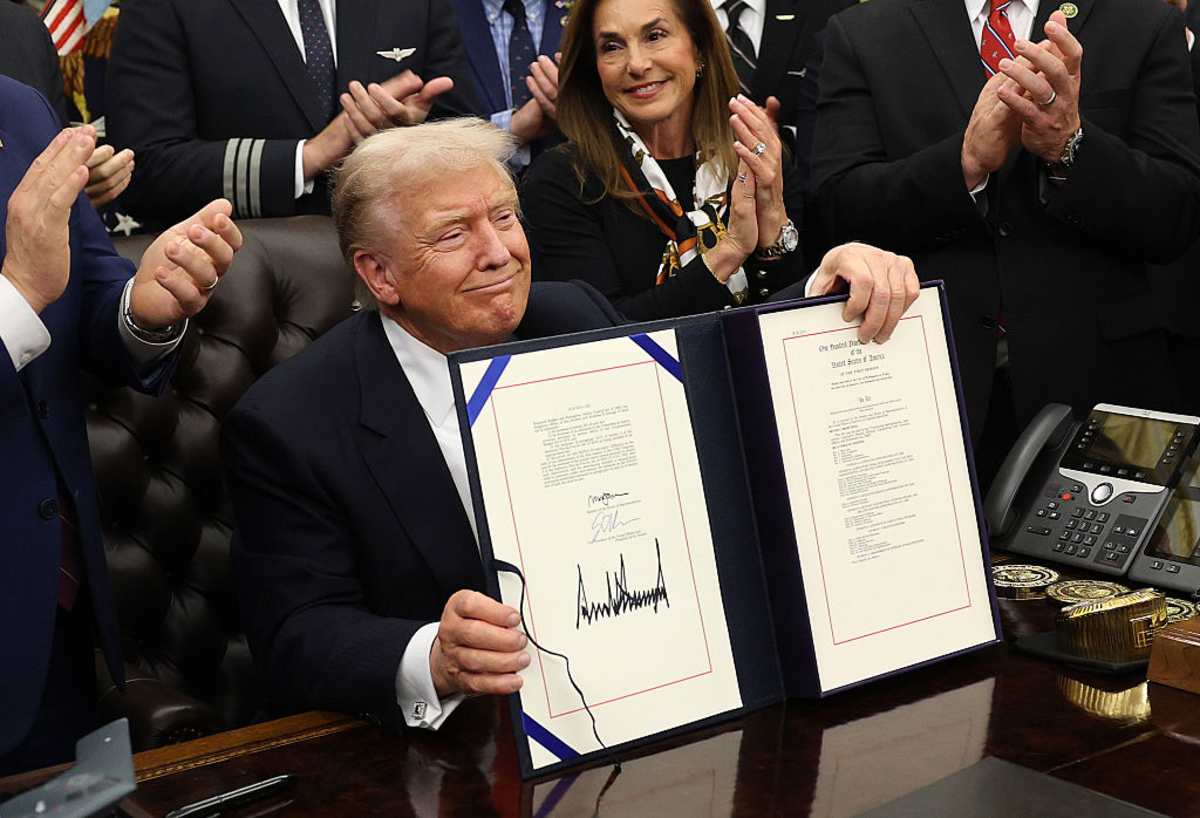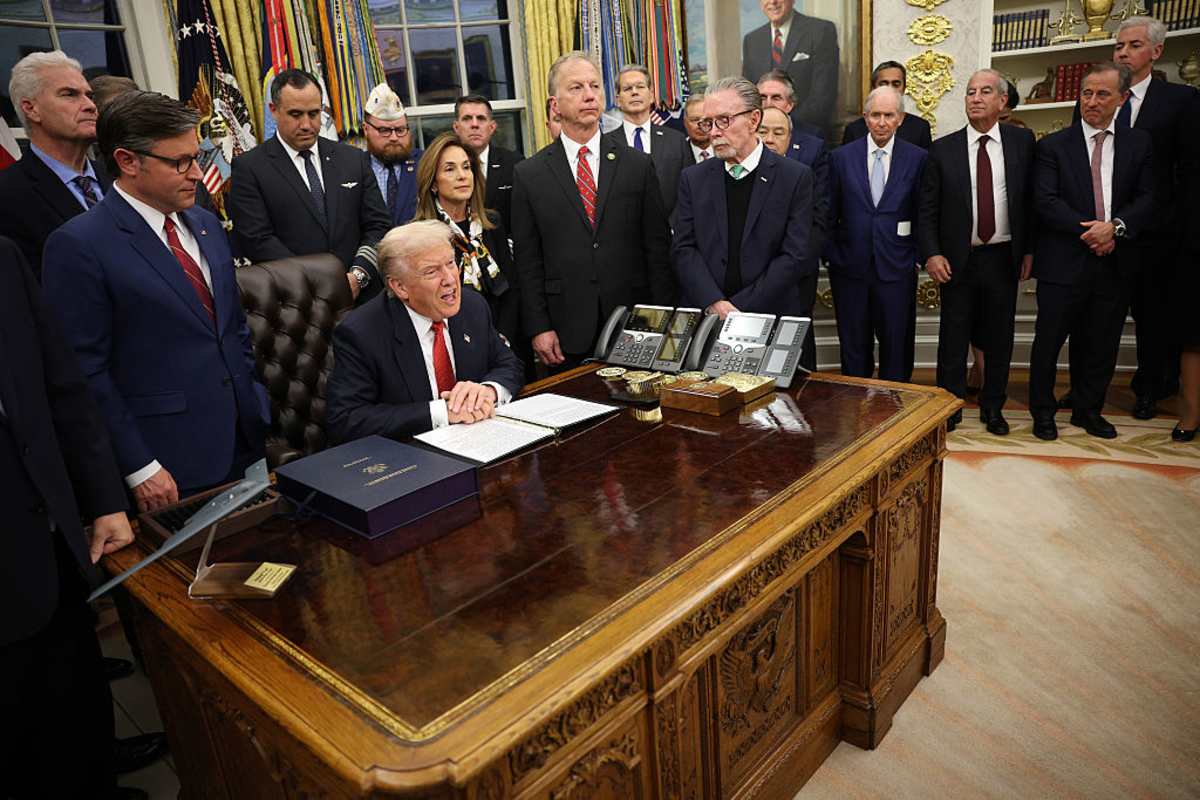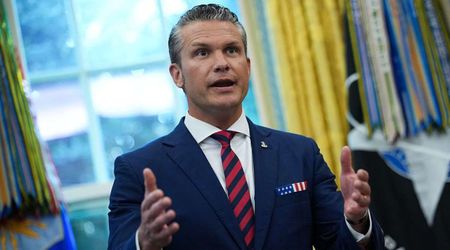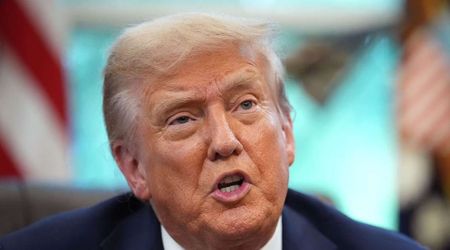Federal agencies recall workers as Trump signs bill ending longest-ever government shutdown

WASHINGTON, DC: Federal agencies across Washington have directed employees to return to work, following President Donald Trump’s late-night signing of a short-term funding bill that ended the longest government shutdown in US history.
Workers at the Departments of Health and Human Services, Interior, Housing and Urban Development, and Justice were instructed to report for duty on Thursday, November 13, regardless of when the measure was enacted. But it will reportedly take time for things to return to normal.

Trump signs short-term funding bill to end the shutdown
The House approved the reopening legislation by a 222–209 vote on Wednesday night, ending a 43-day shutdown that began on October 1.
Six Democrats joined, while most Republicans supported the measure. However, two Republicans reportedly sided with Democrats in opposition.
The bill reinstated thousands of federal employees, guaranteed back pay, and halted layoffs through January. However, it remains unclear when the workers will receive their overdue paychecks.

Smithsonian and National Zoo to reopen in phases
The Smithsonian Institution announced that several of its museums, including the National Museum of American History, the National Air and Space Museum, and the Steven F Udvar-Hazy Center in Virginia, will reportedly reopen on Friday.
The remaining museums are set to reopen on a “rolling basis” by Monday.

The Smithsonian, which reportedly oversees 21 museums and the National Zoo, closed on October 12 after exhausting carryover funds. However, the Zoo reassured the public that all animals will continue to be cared for during the closure.
Government reopens but normalcy will take time
Even with offices reopening, the effects of the six-week shutdown will continue to ripple. Air traffic controllers are still facing staff backlogs, research grants are on hold, and key economic data releases could be scrapped.
Federal employees will also reportedly have to sort through weeks of unanswered emails and calls. Union representatives and employees have voiced frustration over the disruption and warned that recovery will take time.
“It’s going to be stressful for everybody,” said Yolanda Jacobs, president of the American Federation of Government Employees Local 2883 and also a Centers for Disease Control and Prevention staffer.
FINALLY! After Democrats voted to shut down for 43 days, President Trump has officially REOPENED THE GOVERNMENT! pic.twitter.com/E1lCVZyWoT
— Karoline Leavitt (@PressSec) November 13, 2025
"We can only begin to imagine how difficult it’s going to be get everything functioning again, especially since we were already limping along in a lot of ways before the shutdown happened," she said.
For the public, the fallout may allegedly last months with airport bottlenecks, delayed federal benefits, and postponed aid programs like food stamps. All point to a slow return to normalcy.
“There’s no back to normal in this deal because all it does is kick the can until January 30,” said Max Stier, president of a nonpartisan nonprofit government organization called Partnership for Public Service.

"It’s a little like the federal workforce is going to return to their house after a hurricane and there’s another storm on the horizon," he added.
So, with the temporary funding reportedly set to expire in January 2026, the threat of another shutdown already hangs over Washington.










